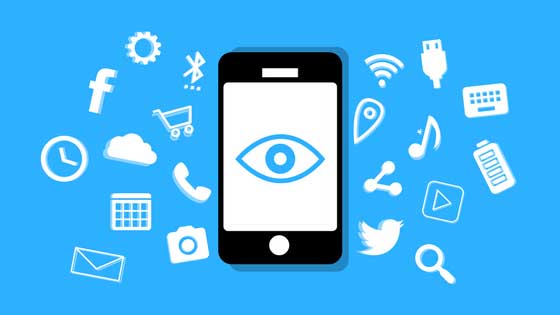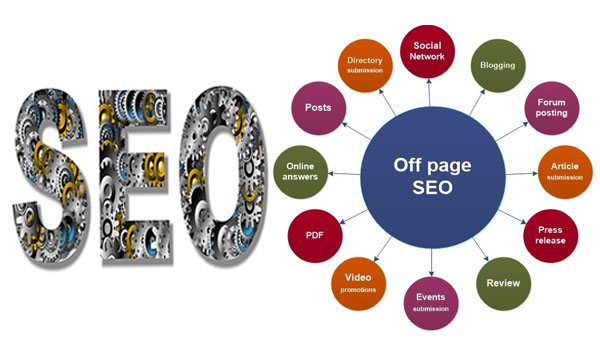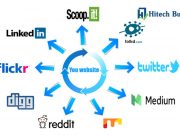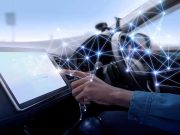The digital revolution is the catalyst for education technology trends, enabling new ways to learn and teaching methods. Virtual reality, artificial intelligence, augmented reality, and other technologies are transforming how students learn and teachers teach. With so many emerging education technology trends in 2024 and beyond, it’s challenging to keep track of them all.
Today, it is much easier and more interesting for students to learn – many new tools, services, and gadgets are always at their disposal. One can use an essay assist to create engaging essays, AI software to listen to lectures or virtual reality tools to get a more immersive experience. Fortunately, we have you covered with a comprehensive list of the most significant trends that are poised to have a big impact on learning over the next few years.
Virtual Reality in Education
A virtual reality (VR) headset is a wearable device that can transport you to a virtual world through computer-generated images, sounds, and other sensations. While VR technology has been used to create immersive experiences in gaming, entertainment, and manufacturing, it is increasingly being used in the field of education. There are many ways technology can be used in schools, including teaching students about different cultures and environments, providing a safe way to expose students to dangerous situations, and enhancing students’ creativity by allowing them to create content for virtual worlds.
VR can also be used to enhance the learning experience for students with disabilities. Students with autism, for example, can be given instructions in a VR environment to help them better understand and follow instructions in the classroom. VR can also be used to help students calm down when they’re having a meltdown. A VR headset can distract students and help them regain control of their emotions.
AI in Education
Artificial intelligence (AI) refers to computer systems that can mimic human cognitive functions such as learning, understanding language, and solving problems. AI has already been implemented in many industries and has the potential to revolutionize education. AI-powered virtual assistants can help students stay on track with their schoolwork and schedule, providing reminders and recommendations based on their learning needs.
AI can also be used to improve the grading process and identify areas where students may be struggling. Since AI is constantly learning and analyzing data and can make predictions based on past patterns, it’s a great tool for teachers to use in the classroom as well.
AI-enabled education applications can help students and teachers access relevant information, organize lessons, and provide personalized recommendations. AI can also be used to create 3D images and animations, allowing students to visualize concepts in an engaging way.
Augmented Reality in Education
Augmented reality (AR) combines digital content with the real world to create a hybrid environment. AR will soon become an integral part of education thanks to new AR-enabled textbooks and other learning materials. These materials will combine learning content with real-world images and information, allowing students to experience history, science, and other subjects in a more engaging way.
AR can also be used to enhance virtual reality experiences by providing real-world elements and information. For example, students can see virtual dinosaurs come to life by viewing them through their AR-enabled VR headsets. AR has the potential to transform education by helping students better understand difficult concepts like biology and chemistry. Students can use AR apps to visualize DNA strands, body organs, and other features that make these subjects difficult to grasp without experiencing them firsthand.
Move Towards Adaptive Learning
Adaptive learning refers to a computer-based system that can analyze students’ progress and recommend specific content or learning activities. This type of learning is incredibly helpful for students of all levels and ages, as the system can be customized based on individual needs and learning styles.
Adaptive learning programs are designed to help students stay motivated while saving teachers time by tailoring lessons and activities to each individual student. Technology can also be used to create interactive games that help students practice and retain information. Online learning platforms are another example of adaptive learning, providing individualized education to students around the world.
3D Printing in Education
3D printing is a process that uses digital designs to create physical objects. The technology is often used to create prototypes, but it’s also being used in education to produce learning materials, including 3D-printed textbooks, food, and clothing. 3D printers can also be used to create personalized items, such as prosthetics, hearing aids, and hearing implants.
This technology is widely used in schools and helps students create unique projects, such as designing and printing their personalized learning materials. 3D printing is also being used to create custom-fit hearing aids for children, making the devices more comfortable and less expensive.
Conclusion
Smart classrooms are increasingly common, with technology designed to make learning more interactive and personalized. Students can also access online education resources, such as virtual libraries and virtual labs, to enrich their learning experience. The future of education looks bright, and these education technology trends are sure to take education to new heights.



































